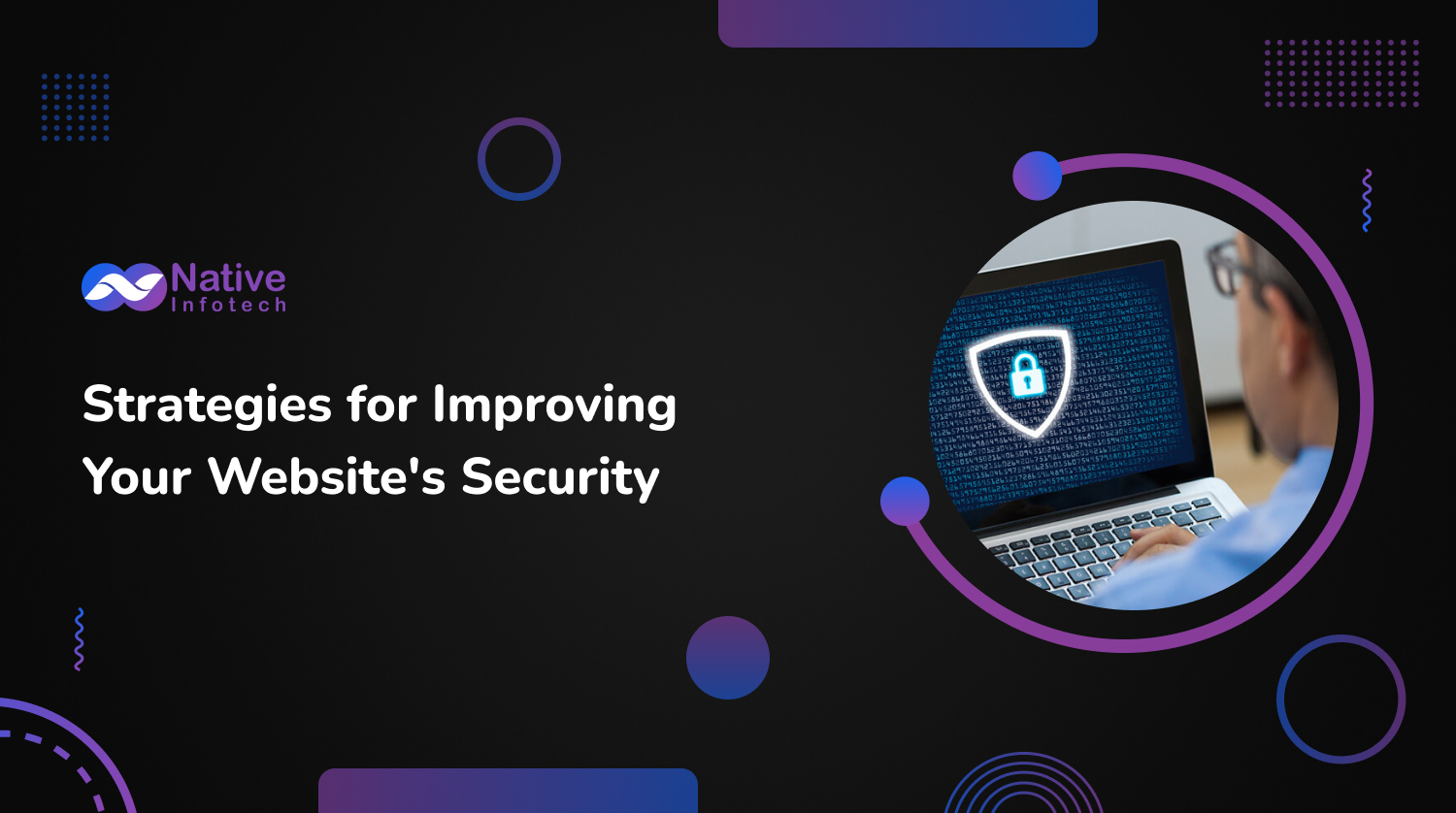
| Sr# | Headings |
| 1 | Introduction |
| 2 | Understanding Website Security |
| 3 | The Risks of Inadequate Security |
| 4 | Key Benefits of a Secure Website |
| 5 | Steps to Enhance Website Security |
| 6 | Common Security Threats |
| 7 | Tools and Technologies |
| 8 | Implementing Security Policies |
| 9 | Regular Security Audits |
| 10 | Handling Security Breaches |
| 11 | Legal Implications |
| 12 | Future of Website Security |
| 13 | Conclusion |
| 14 | FAQs |
Understanding the Importance of Website Security
Before we talk about how to make your website safer, it’s important to know why this is essential for managing a website. A safe website keeps data from getting stolen, prevents losing money, and helps keep your customers’ trust. In a time when online threats are becoming more complex, it’s not just good to be careful about security—it’s a must.
Keep Your Software and Platforms Updated
One of the easiest but often forgotten ways to make your website safer is to keep all your software and systems up to date. This means updating your content management system (CMS), plugins, scripts, and the operating system of your server. Developers often release updates that fix security holes. By making sure you install these updates quickly, you can protect your site from known dangers.
Choose Secure Hosting
Choosing a good hosting provider is key to keeping your website safe. Pick a hosting service that has strong security features like firewalls, systems that notice unauthorized access, and regular checks for malware. Also, look for hosts that offer data backup and ways to restore your site if it gets attacked or if you lose data.
Implement Strong Password Policies
Make sure to have strong password rules to keep your website’s backend safe. Ask for passwords that are complex and include uppercase letters, lowercase letters, numbers, and symbols. You should also think about using multi-factor authentication (MFA) for extra security. This way, even if someone figures out a password, they still can’t get in without additional verification.
Use HTTPS
Make your website safer with HTTPS, which keeps the data sent between your site and its users private. This is really important if you deal with sensitive stuff like credit card numbers and personal information. Using HTTPS not only helps keep things secure but also improves your website’s visibility on search engines and makes visitors trust your site more.
Install a Web Application Firewall (WAF)
A Web Application Firewall (WAF) works like a shield for your website, protecting it from unwanted visitors. It checks, watches, and stops harmful traffic and hacking attempts before they can get to your site. Adding a WAF can greatly improve your website’s defense against common dangers like SQL injection attacks and cross-site scripting (XSS).
Regularly Scan for Vulnerabilities
It’s important to regularly scan your website for security vulnerabilities as a proactive step in maintaining its safety. Utilize various tools designed to detect potential weak points, ranging from outdated plugins to insecure coding practices. Once these vulnerabilities are identified, it’s crucial to address and rectify them immediately to minimize the possibility of security breaches and protect your site from potential threats. This proactive approach helps ensure that your website remains secure and trustworthy.
Manage User Permissions Wisely
Be cautious and selective about who has access to different parts of your website. Only give administrative privileges to individuals who truly require them to perform their duties. It’s important to consistently review and update access permissions, particularly when a team member departs or when there are changes in their roles within the organization. This helps prevent unauthorized access and ensures that only the right people have the necessary permissions to manage and maintain the website securely.
Backup Your Data Regularly
Regular backups are very important if something bad happens to your website. Set up your backup system to automatically save recent copies of your website. Keep these backups in a safe place, away from your main servers. This way, if your main website has problems, you can use these backups to get your website working again quickly and safely. Keeping backups like this helps you fix issues faster and reduces worry if your website is attacked or data is lost.
Educate Your Team About Security
Human mistakes play a big role in many security problems. It’s important to have regular training sessions with your team to teach them about the best ways to stay safe online, how to recognize scams like phishing, and how to follow good internet practices. Teaching your team well about these things makes them your first shield against online threats. This kind of ongoing education helps everyone stay alert and prevents problems before they start, making your website and data safer.
Monitor Your Site Continuously
Use monitoring tools to constantly watch over your website’s security. These tools can warn you about strange activities, like someone trying to log in unusually or unexpected changes to important files. Catching these odd behaviors early can stop them from turning into bigger security problems. By keeping a close eye on what’s happening on your website, you can act quickly if something doesn’t look right. This way, you help keep your site safe and prevent small issues from becoming serious ones.
Conclusion
Improving your website’s security is a continuous process that requires diligence and proactive measures. By implementing these strategies—from keeping software up to date and choosing secure hosting to educating your team and continuously monitoring your site—you enhance not only the security but also the reliability and trustworthiness of your website. Remember, a secure website not only protects your business but also safeguards your visitors, making it a crucial element of your online presence.
Exploring the Future: 5 Big Changes Coming to Computers in 2024 and How to Get Ready
Are you ready to dive into the future of computing? The year 2024 promises to be an exciting time for technological advancements, with significant changes expected to revolutionize the way we interact with computers. From quantum computing to augmented reality, here are five big changes coming to computers in 2024 and how you can prepare…
WordPress Trends 2024: What’s New and What’s Next?
As we get closer to 2024, WordPress remains a top choice for creating websites, running a large part of the internet. It keeps changing and growing, making it important for developers, marketers, and business owners to keep up with the new trends. This article looks at the upcoming trends for WordPress in 2024, giving tips…


